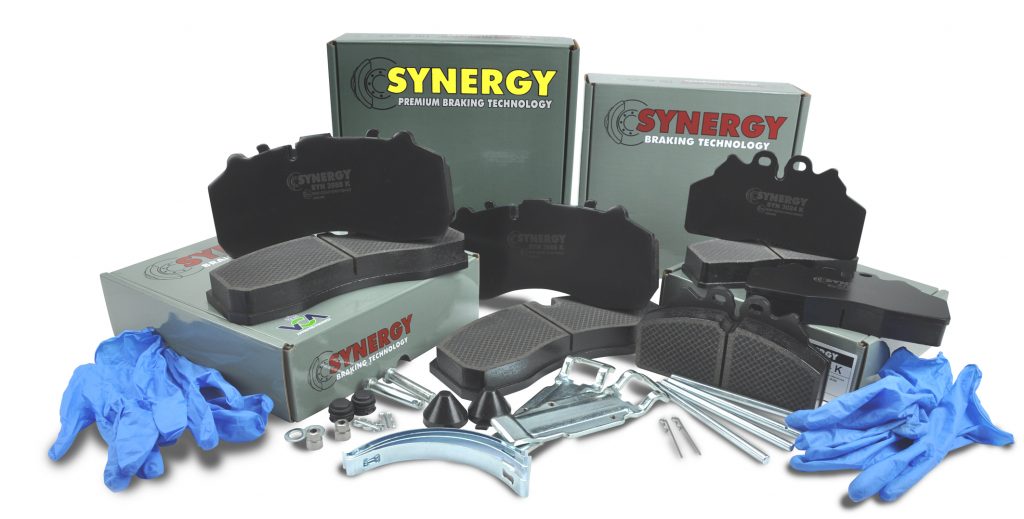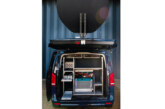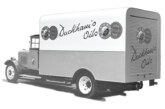
CVW speaks to Juratek Marketing Manager Matthew Leeming to learn about how and why the company’s SYNERGY braking brand was developed.
It is 120 years since Herbert Frood invented the first ‘proper’ brake lining and founded the world’s first brake lining manufacturing company, until then brake linings were made from whatever was to hand, be it wooden blocks, lengths of rope or leather strips from old boots!
Since then, brake friction linings have steadily evolved into to the modern resin bound complex composites used today. Modern friction materials comprise of five main material groups and typically contain up to 20 or more different individual raw material ingredients; reinforcing fibres such as steel and/or aramid, abrasives to provide friction and solid lubricants such as graphite to reduce wear, all bound together by phenolic resin.
Friction Material Composition (five main material groups)
■ Resin Binder;
■ Reinforcing Fibres;
■ Abrasives;
■ Solid Lubricants;
■ Friction Modifiers and Fillers.
Modern requirements
Steel backing plates are coated with adhesive and come together on the production line with the mixture of raw ingredients where they are pressed in dies, cured, baked, machined, painted and branded into the finished shape and form.
In developing products to meet modern market requirements, the product developer must strike the right balance between conflicting pressures. On the one hand, there is the continual demand for better performance and durability, and on the other are the legal and environmental considerations concerning the ingredients that can be used and restrictions versus the manufacturability and final cost of the product. So where does he start?
Usually with the aim of improving on some aspect of the performance or cost of an existing grade – it might be to reduce service costs by reducing wear or increasing performance to reduce stopping distances. The process usually involves producing and testing numerous iterations of slightly different formulations to determine which most closely matches the development brief. Testing then generally follows a pattern from the first development steps to legal approval:
Static Tests
■ Physical properties – e.g. Density, Compression.
Rig Tests
■ Performance versus temperature and speed – fade and recovery – drag testing;
■ Wear versus temperature.
Vehicle Tests
■ Stopping power and durability running;
■ NVH (Noise,Vibration&Harshness).
Service Field Trials
■ Service behaviour.
Legal Approvals
■ UNECER 90:02.

The entire process can take in excess of two years to complete from concept to market launch. In developing the new SYNERGY pads, Juratek says it went back to basics and asked what the vehicle owner/operator wants and then set about satisfying that need.
It is well recognised that brake friction components are critical to vehicle safety. With heavy demands on performance, these components need to be robust and to work efficiently and effectively in all operating environments, temperatures, pressures and speeds in addition to satisfying legal requirements for safe braking at the specified test speeds and pressures.
All SYNERGY products are tested and approved to UN ECE R90 by the VCA, the UK’s designated type approval authority. Juratek, however, says that it wanted to provide users with more than minimum legal requirements in terms of stopping power. So it has developed SYNERGY to provide a high and stable level of brake performance at all speeds from 20kph to 100kph and over the full pressure range, with both cold and hot brakes, to ensure operators can have full confidence in their brake system no matter what speed the brakes were applied or what load was being carried.
SYNERGY braking is available exclusively from Juratek and is available in two versions:
SYNERGY RED (Premium Grade) is suitable for most truck and trailer applications.
SYNERGY YELLOW (Premium Plus Grade) is said to offer enhanced performance and pad life under more extreme operating conditions, especially for bus and coach applications.
When brakes are replaced, either with the existing brake discs or with new brake discs, operators do not want to have reduced brake effectiveness for the extended period of time needed to bed and condition the new parts. In order for pads to give an immediate performance from the moment they are fitted and to perform to full operating conditions within a short period of time, SYNERGY have a new high friction coating which is applied to the braking face, said to give ‘out of the box’ performance and aid faster pad-to- disc conditioning.
Minimising downtime
Minimising vehicle downtime is vital for a successful transport business operation, so extending pad and disc life to reduce time lost replacing brakes is claimed to make a useful contribution to operational savings. Juratek says that SYNERGY has been developed with this objective very much in mind. SYNERGY Braking will also be a strong presence in the BTRA Truck racing this year, as it is the main sponsor to TEAM OLIVER Racing. As the team’s friction supplier as well, it is said to provide the perfect test and demonstration of the capabilities of this friction material.








